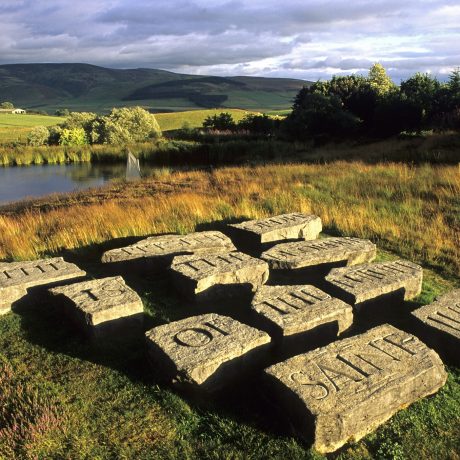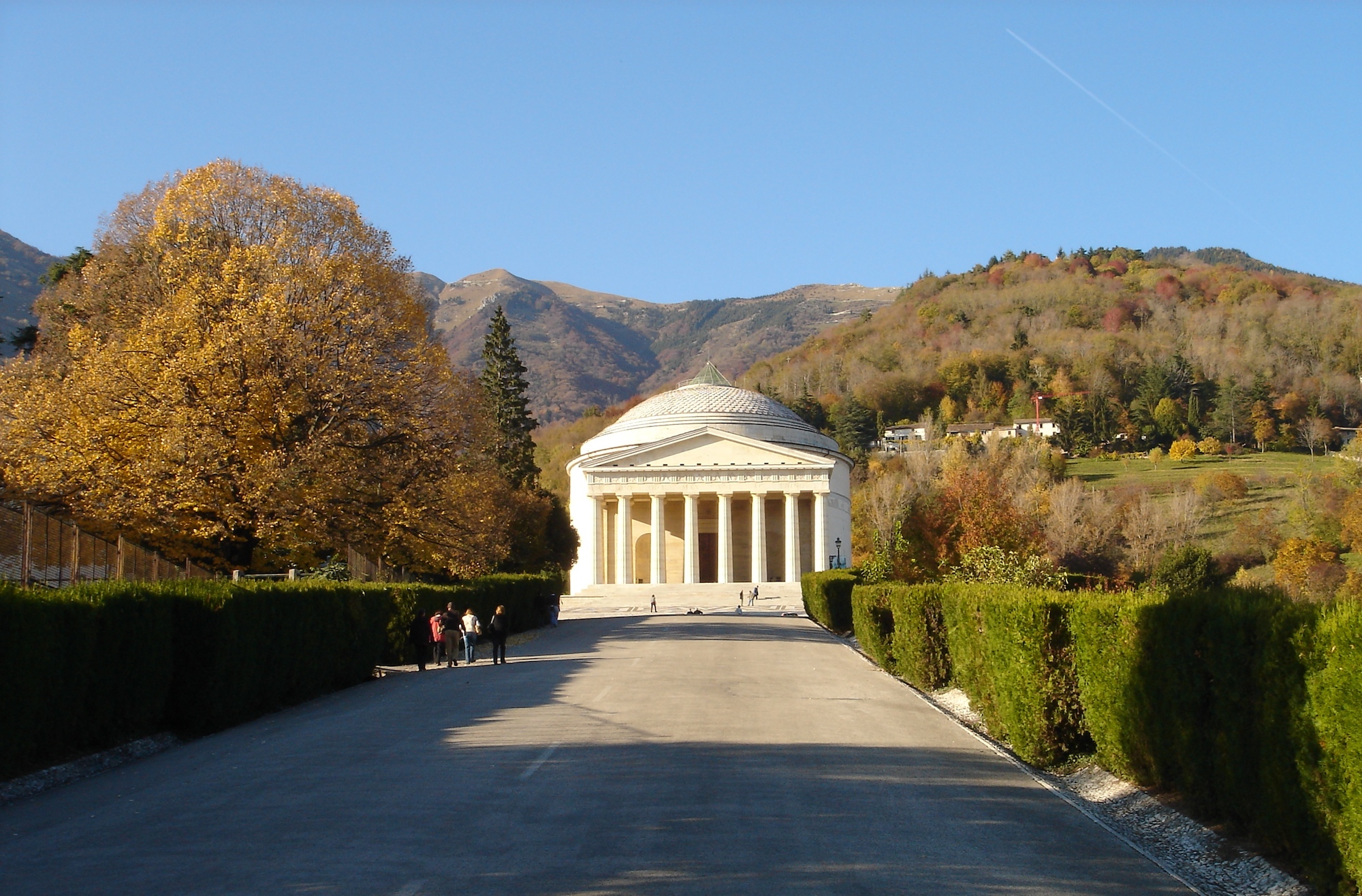
From museums to galleries, national treasures to significant little-known spots, each edition of Out Of The Ordinary offers up a virtual tour of an unmissable global art location.
Situated on the hilltop of Possagno, not far from Venice, the Museo Gypsotheca Antonio Canova
contains the world’s largest collection of Antonio Canova’s original marble sculptures, plaster casts, sketches, paintings, archival material and personal possessions. A highlight includes the breathtaking barrel-vaulted Gypsotheca, an ancient Greek word meaning “collection of plasters.” The complex also contains the 17th-century house in which the artist was born, a library and archive, as well as extensive luscious gardens and orchards all set against scenic mountainous views.
“The basilica-shaped hall is illuminated by natural light and holds the original plaster cast models of Canova’s masterpieces”
Designed in the 19th century by the Venetian architect Francesco Lazzari (1791–1871), the Gypsotheca is an architectural jewel with the atmosphere of a tranquil temple. The basilica-shaped hall is illuminated by natural light and holds the original plaster cast models of some of Canova’s greatest masterpieces, from his Three Graces to Theseus and the Centaur. Next door, the modern wing designed by Carlo Scarpa in 1957 holds a collection of terracotta sketches and plaster models, many of which were never completed.
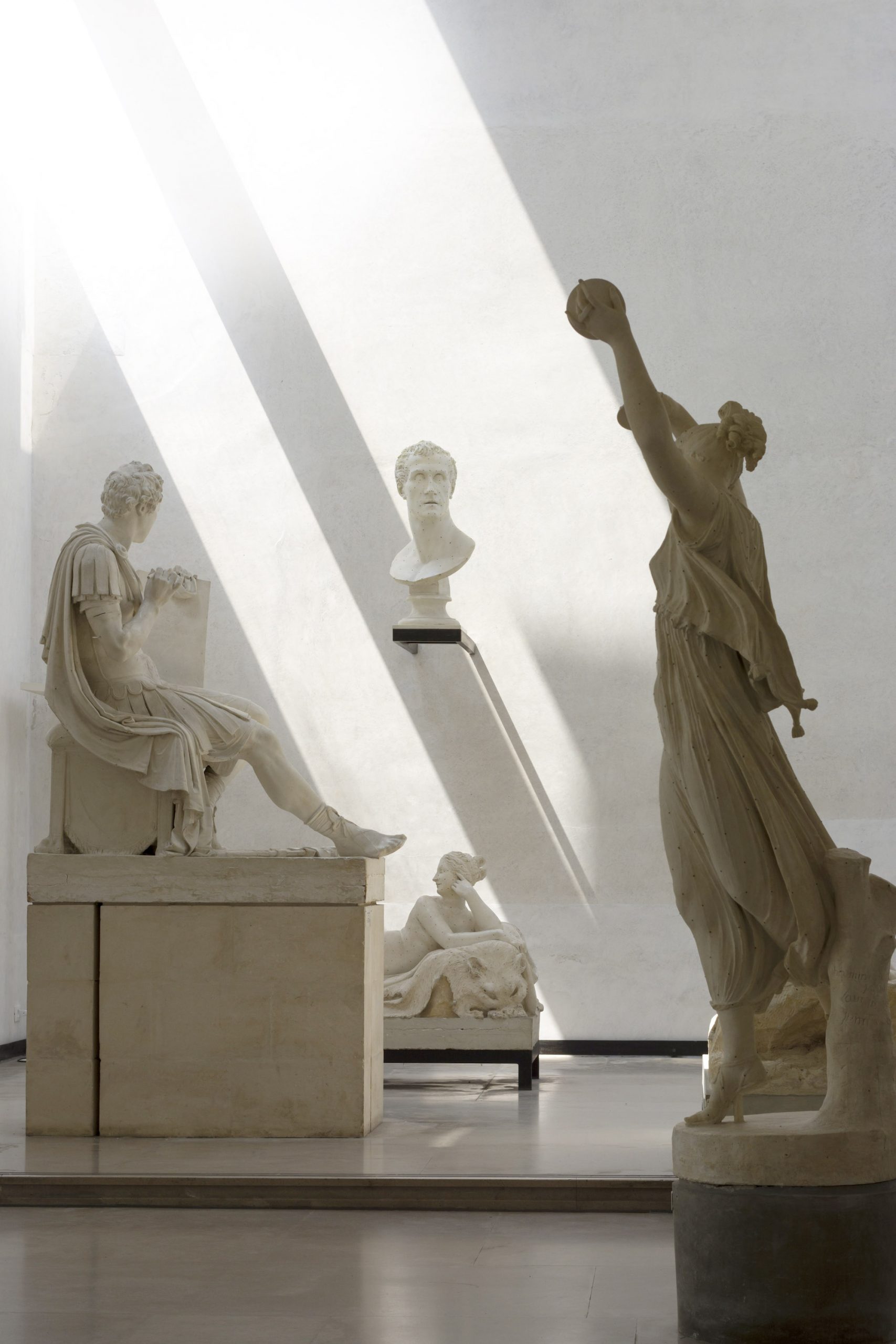
Who
Canova was born in Possagno in 1757 to a family of sculptors and stonecutters. As a child he allegedly astonished his elders by carving a lion out of butter at a dinner party. As a result, the dinner’s host, a Venetian nobleman called Giovanni Falier, decided to take care of his professional education. Canova went on to impress European emperors, kings, popes and nobility with his signature sculptures that delicately rendered sensuous skin in marble.
A quintessential Neoclassical artist, Canova earned the patronage of Napoleon, who commissioned him numerous times, a famous example being Napoleon as Mars the Peacemaker (1802-06). Upon his death in 1822, Canova’s funeral rivalled that held for Michelangelo, and his half brother Giovanni Battista Sartori drew up plans to create this museum.
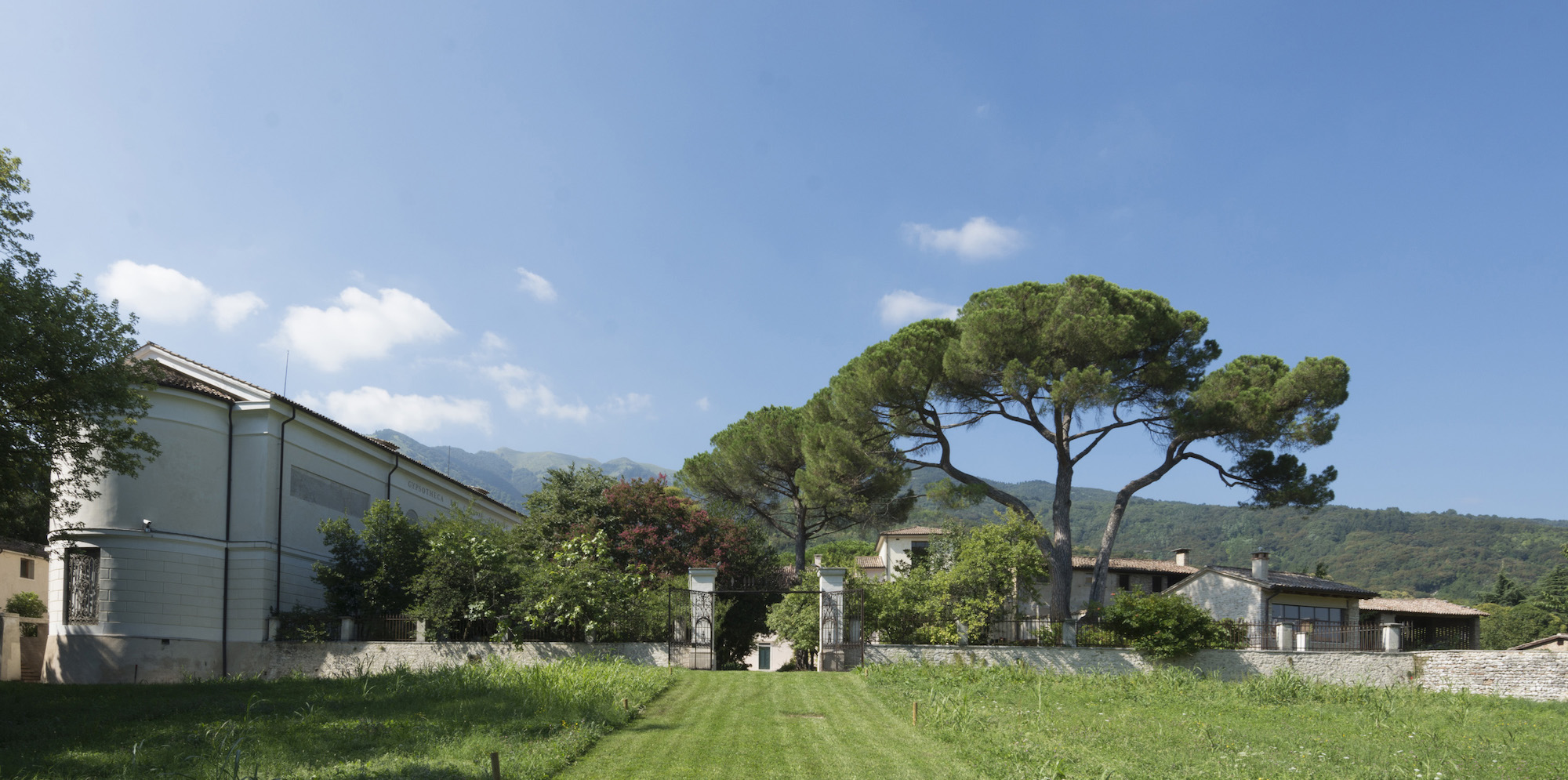
Where
Located at the foothills of Monte Grappa, Possagno is surrounded by lush greenery and scenic views of the Dolomites, the mountain range that spreads across north-eastern Italy. Canova’s affiliation with his hometown is clear through his self-financed and designed tomb in Possagno, the Temple of Canova. Designed in the manner of Rome’s Pantheon, the Temple holds many exquisite artworks, including decorative panels called metopes carved by Canova’s pupils.
Neighbouring towns in the Treviso area are also worth visiting. Asolo is where Canova trained as a child in the studio of Giuseppe Torretti. While there you can also visit the Museo Civico inside the Palazzo della Ragione.
“Canova impressed European emperors, kings, popes and nobility with his sculptures that delicately rendered sensuous skin in marble”
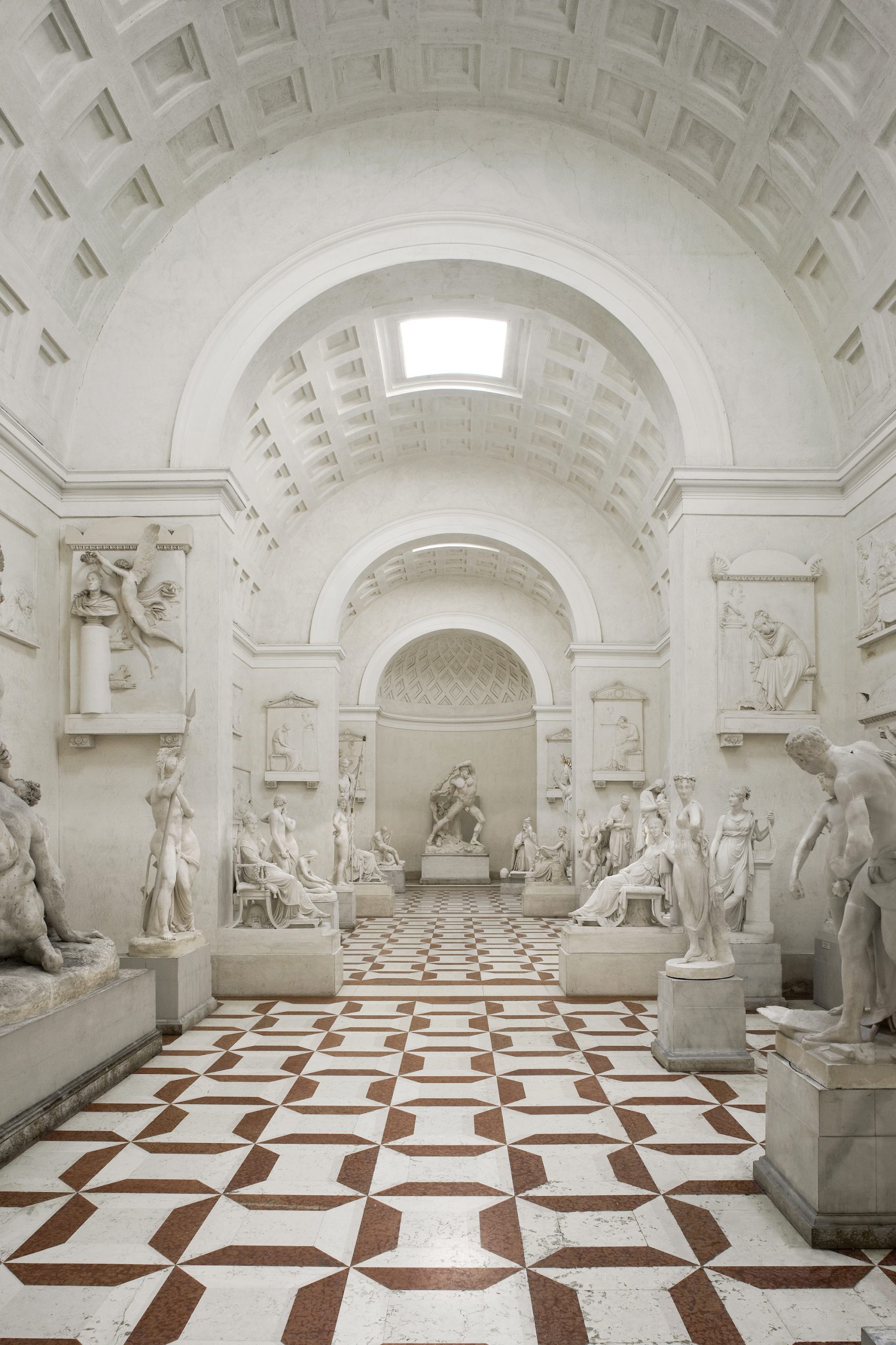
Why
A visit to the Museo Gypsotheca Antonio Canova is a sensuous and immersive experience that gives visitors a comprehensive understanding of the life and work of Canova. Original furniture, books and possessions remain in situ, providing a rare insight into the artist’s childhood and early inspiration. Outside visitors can take leisurely walks in the wisteria and rose gardens against the backdrop of Italian umbrella pines.
The Gypsotheca (the largest one in Europe) is an impressive encounter – even for those with little interest interested in sculpture. The natural-light filled space contains highlights including Venux Victrix, a reclining sculpture of Napoleon’s sister, Pauline Bonaparte, portrayed as the goddess of love – a semi-nude work, it was commissioned by her husband, Camillo Borghese in 1805. In 2020, a tourist imitating her pose while taking a selfie managed to knock off the statue’s toe.
Lydia Figes is an arts writer and editor. She is the co-founder of radicalwomenshistory
